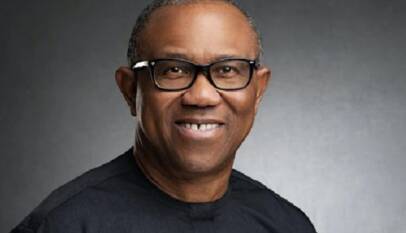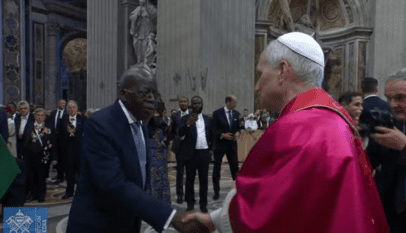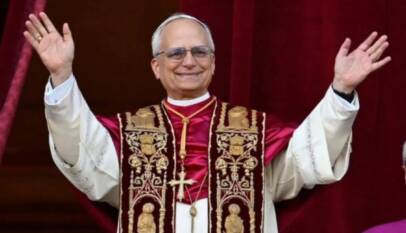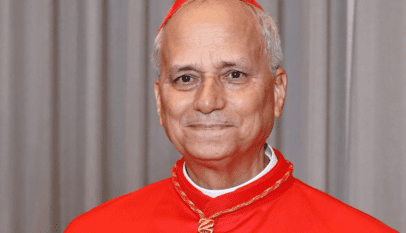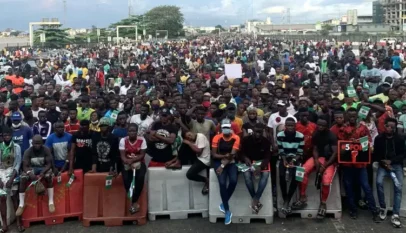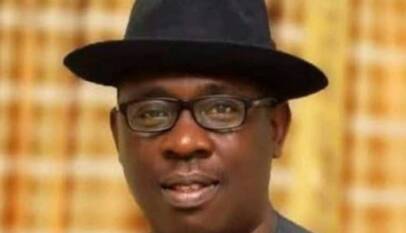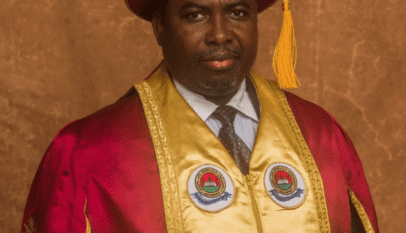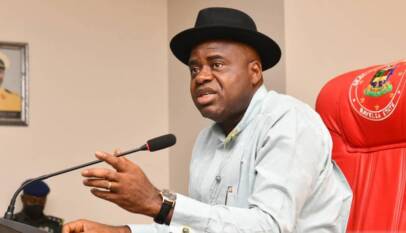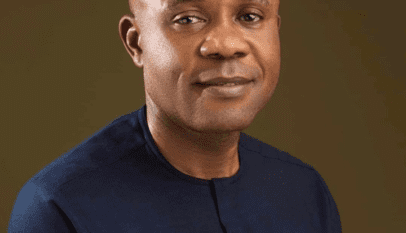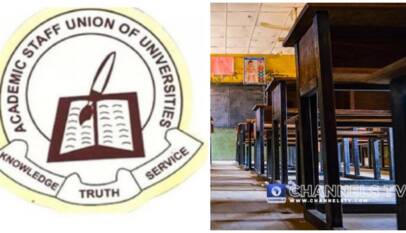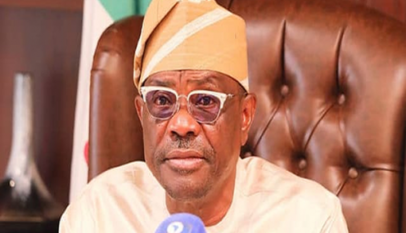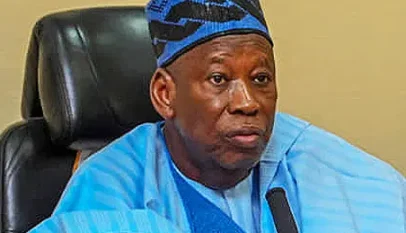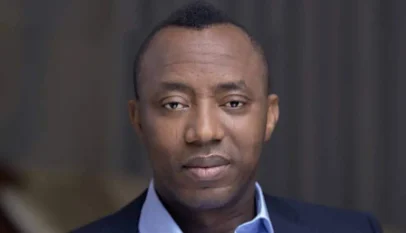When the papacy becomes vacant—whether due to death (as in the case of Pope Francis) or resignation—the world turns its eyes to the Vatican, eagerly awaiting the selection of a new pope. This age-old process, filled with secrecy, spirituality, and tradition, is one of the most unique and sacred in the world. Here’s a deeper look into how the Catholic Church elects a new leader, and why the process captivates millions.
Choosing a pope is more than an election—it’s a sacred, spiritually intense process that shapes the future of the Catholic Church. The conclave is both a religious and a political event, one that combines ancient rituals with modern-day challenges. While the process may take days, the outcome is one of profound importance, resonating far beyond the walls of the Vatican. For Catholics and non-Catholics alike, the election of a new pope is a global moment of renewal, a new chapter in the centuries-old story of the Catholic Church.
A Moment of Transition: The Papacy Becomes Vacant
The process begins with the death or resignation of the pope. Though papal resignations are rare, Pope Benedict XVI’s decision to step down in 2013 brought the process into sharp focus. Upon a pope’s passing, the Camerlengo (Vatican chamberlain) takes charge, ensuring the smooth transition of the Church’s affairs. One symbolic act is the Camerlengo breaking the pope’s papal ring, signaling the end of his reign.
The Conclave Begins: Locked In, Prayers Up
Once the papacy is officially vacant, the College of Cardinals—a group of senior church leaders—gathers to choose the next pope. Only cardinals under 80 years old are eligible to vote, ensuring that the electors are actively involved in the Church’s mission.
The election takes place in the conclave, meaning “with a key.” The cardinals are locked in the Sistine Chapel, cut off from the outside world, to ensure secrecy and avoid any outside influence. This intense environment is not just about voting—it’s about deep prayer, discernment, and a collective search for divine guidance. Before the first vote, the cardinals take an oath of secrecy, pledging to keep everything from the public eye until the new pope is chosen.
A Spiritual Journey: Prayers and Reflection
For the cardinals, the conclave is much more than a political process—it is a deeply spiritual one. Each cardinal spends time in prayer and reflection, asking for divine wisdom in choosing the next leader of the global Catholic Church. It’s a sacred moment, as they don’t just consider a candidate’s leadership abilities, but their spiritual calling and personal faith.
Once their hearts and minds are aligned through prayer, the cardinals proceed to the most crucial part: voting.
The Voting Process: The Search for Consensus
The voting is simple but serious. Each cardinal writes the name of a candidate they believe should be the next pope on a ballot. To win, a candidate must receive two-thirds of the votes. If no one achieves that majority, the process starts over with a new round of voting.
The excitement—and the pressure—mounts with each round. The cardinals often shift their votes as they try to build a consensus. Over multiple rounds, the path to the papacy becomes clearer, with certain candidates emerging as front-runners. While the process is grounded in spirituality, it’s also a political balancing act, as the Church seeks someone who can lead spiritually while navigating global challenges.
The White Smoke: The Signal to the World
When a pope is elected, the ballots are burned in a stove, and the world watches for the tell-tale sign: white smoke. The smoke signals that a decision has been made. It’s a moment of jubilation for Catholics worldwide. The sight of the white smoke rising from the Vatican is one of the most highly anticipated events in the Christian world, signaling that the conclave has reached a conclusion.
If the cardinals haven’t reached a consensus yet, black smoke rises from the stove. It’s a sign that another round of voting is required, keeping the world waiting for the right leader to emerge.
The Moment of Revelation: The Announcement
Once the new pope is chosen, the senior cardinal deacon steps out onto the balcony of St. Peter’s Basilica to announce, “Habemus Papam” (We have a pope). The moment is charged with anticipation as the name of the new pope is revealed. The new pontiff then appears on the balcony to greet the faithful, offering a blessing and speaking briefly to the crowd.
This moment of connection between the new pope and the people is one of profound significance. For Catholics around the world, it’s not just the announcement of a new leader—it’s the moment when a new chapter begins for the Church.
The New Pope’s First Steps: Setting the Tone
In the days following the election, the new pope begins his papacy with a series of important steps. He meets with the College of Cardinals, addresses the Church’s key issues, and often releases his first apostolic message to guide the global Church. He sets the tone for his papacy, making it clear what issues and values he will prioritize during his reign.
The new pope’s first days are crucial in understanding his approach to leadership. Whether emphasizing reform, mercy, or global outreach, his actions help shape the future of the Catholic Church.
The Role of the Pope: More Than Just a Religious Leader
While the pope is the spiritual leader of over 1.3 billion Catholics, his role extends far beyond religious matters. As the head of Vatican City, he is also a head of state. This dual role means that the pope must balance spiritual guidance with the realities of global politics, diplomatic relations, and social issues. His decisions impact not just Catholics, but the world at large, particularly in areas like interfaith relations, human rights, and climate change.
The Significance of the White Smoke in the Papal Election
The white smoke plays a crucial role in the papal election process, acting as a public signal that the conclave has successfully chosen a new pope. Here’s how it fits into the process:
The Symbol of Conclusion: After each round of voting in the conclave, the cardinals burn the ballots. If a pope has been elected—meaning one candidate has received the necessary two-thirds majority—the ballots are burned in a special stove in such a way that the smoke turns white. This white smoke is the key signal to the outside world that the election is over and a new pope has been chosen.
A Global Announcement: The white smoke rises from the chimney of the Sistine Chapel and is eagerly awaited by Catholics and the broader public. It serves as a clear sign that the decision has been made. Traditionally, the sight of white smoke is accompanied by the ringing of bells from St. Peter’s Basilica, further amplifying the announcement.


